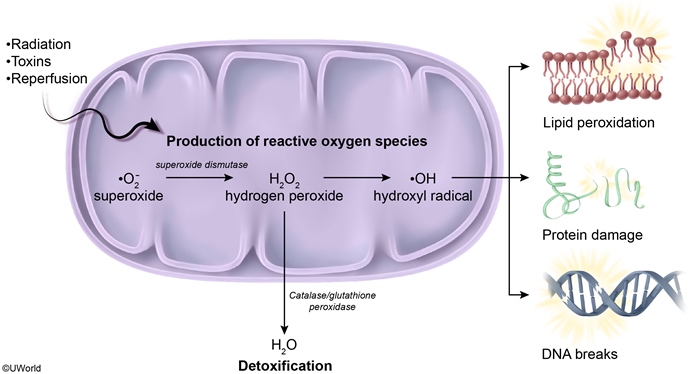Type 2 Diabetes Mellitus: An Overview
Article Sections
Introduction
Type 2 diabetes mellitus (T2DM) is the predominant form of diabetes mellitus (90% of all cases). It is a chronic metabolic disorder of carbohydrate metabolism characterized by hyperglycemia, insulin resistance, and relative deficiency in insulin production. While genetic factors play an important role in influencing susceptibility, strong associations also exist with obesity and modifiable and environmental lifestyle factors (eg, sedentary lifestyle, low fiber intake). Treatment involves a multifactorial approach that incorporates lifestyle modifications, pharmacotherapy, and preventive and therapeutic interventions addressing comorbidities and possible sequelae.
Pathophysiology
The primary mechanisms behind onset of T2DM include alterations in insulin action (insulin resistance, impaired insulin secretion), leading to relative insulin deficiency. This is in contrast to type 1 diabetes mellitus, in which typically insulin deficiency is absolute and occurs due to autoimmune destruction of pancreatic beta cells. Genetic susceptibility (polygenic inheritance) and epigenetic influences of modifiable risk factors (eg, diet, activity level) affect the risk for T2DM.
Continue Learning with UWorld
Get the full Type 2 Diabetes Mellitus: An Overview article plus rich visuals, real-world cases, and in-depth insights from medical experts, all available through the UWorld Medical Library.
Figures

